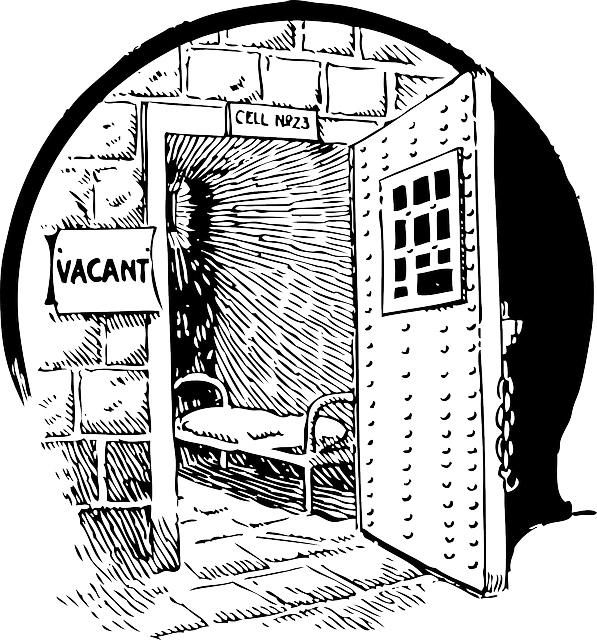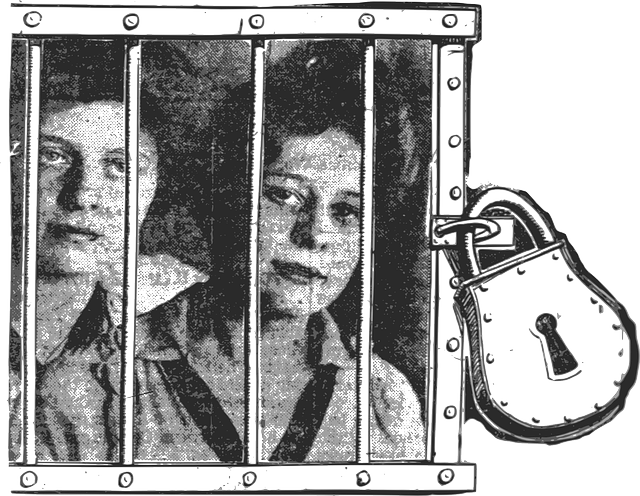Property damage caused by drunk drivers falls under DUI law, with vehicle safety features like airbags, ABS, ESC, and collision avoidance systems playing a critical role in mitigating accidents and liability. These advanced technologies can influence fault assessment and claim settlements, impacting both victims and offenders financially. Understanding these safety features is essential for navigating DUI law and determining compensable losses. Negligence in maintaining these features may impact liability. Case studies show how vehicle technology can either mitigate or exacerbate property damage in DUI accidents, emphasizing the need for stringent DUI enforcement and advancements in automotive safety technologies.
“In the complex intersection of drunk driving (DUI) and property damage, understanding liability is crucial. This article explores the intricate web of legal responsibilities, focusing on ‘Property Damage DUI Liability’. We delve into key aspects like comprehending property damage, the role of vehicle safety features in mitigating such incidents, and navigating the interplay between DUI laws and compensation claims. Additionally, we present real-world case studies, highlighting the practical implications of these legal considerations regarding Vehicle Safety Features and DUI Law.”
- Understanding Property Damage and DUI Liability
- The Role of Vehicle Safety Features in DUI Cases
- Legal Considerations: DUI Laws and Their Impact on Property Damage Claims
- Evaluating Compensable Losses and Mitigating Responsibilities
- Case Studies: Real-World Scenarios of Property Damage DUI Liability
Understanding Property Damage and DUI Liability

Property damage caused by a drunk driver is a serious matter with significant legal implications, especially under the DUI law. Property damage in this context refers to any harm or destruction to someone else’s property, such as vehicles, buildings, or other structures, resulting from an individual operating a vehicle while under the influence of alcohol or drugs. This can include accidents that lead to crashes, collisions, or other forms of physical contact with another person’s property.
Understanding vehicle safety features is crucial when considering DUI liability. Modern cars are equipped with various advanced safety mechanisms designed to protect occupants and minimize harm in case of an accident. These features, such as air bags, anti-lock braking systems (ABS), electronic stability control (ESC), and collision avoidance systems, play a significant role in mitigating property damage by improving vehicle handling and reducing the impact force during collisions. However, despite these safety measures, drunk driving remains a severe offense due to the potential for devastating outcomes, including substantial property damage and personal injuries.
The Role of Vehicle Safety Features in DUI Cases

In the context of Property Damage DUI Liability, understanding the role of vehicle safety features is crucial under DUI law. Modern vehicles are equipped with a range of advanced safety technologies designed to prevent accidents and protect occupants. These Vehicle Safety Features and DUI law have an intricate relationship; while the primary focus in DUI cases is on impairment levels and liability for any damage or injuries caused, vehicle safety features play a significant role in mitigating these issues.
For instance, airbag deployment systems, anti-lock braking (ABS), electronic stability control (ESC), and lane departure warning (LDW) are all designed to reduce the severity of accidents. In DUI cases where property damage is a concern, these features can serve as evidence of the driver’s attempt to minimize harm. The presence and functionality of such safety measures can potentially reduce culpability in property damage claims, emphasizing the importance of maintaining and understanding vehicle safety features under current DUI laws.
Legal Considerations: DUI Laws and Their Impact on Property Damage Claims

In many jurisdictions, Driving Under the Influence (DUI) laws are stringent, reflecting a strong societal stance against impaired driving. These laws not only mandate penalties for offenders but also shape how property damage claims related to DUI incidents are handled. The impact of DUI laws on property damage claims is multifaceted. For instance, they often require that individuals found guilty of DUI bear the financial burden of any damages caused by their intoxicated driving. This includes compensation for vehicle repairs or replacements, medical expenses for anyone injured in the accident, and even legal fees incurred by victims.
Moreover, modern vehicles equipped with advanced safety features play a role in this context. These features, mandated by vehicle safety regulations and DUI laws, aim to mitigate property damage and injury during accidents. Airbags, robust crumple zones, and electronic stability control systems are examples of such measures. While these technologies cannot excuse impaired driving, they do impact how insurance companies assess fault and settle claims, potentially influencing the financial outcome for both victims and offenders in DUI-related property damage cases.
Evaluating Compensable Losses and Mitigating Responsibilities

When determining compensable losses in a Property Damage DUI liability case, it’s crucial to consider the vehicle’s safety features and their role in mitigating damages. Modern vehicles are equipped with advanced systems like airbags, anti-lock brakes (ABS), electronic stability control (ESC), and collision avoidance technologies. These features can significantly reduce the impact of accidents, thus minimizing property damage and injuries. During legal proceedings, evaluating how these safety mechanisms performed during the incident is essential in understanding the extent of liability.
The DUI law emphasizes the responsibility of drivers to exercise due care, which includes ensuring their vehicle is maintained properly and equipped with up-to-date safety features. If a driver’s negligence in maintaining these systems contributes to an accident, it can impact the compensable losses. For instance, a faulty airbag system might not deploy effectively during a collision, leading to more severe property damage. By understanding the interaction between DUI law, vehicle safety features, and their role in mitigating responsibilities, both legal professionals and individuals involved can navigate these complex cases more effectively.
Case Studies: Real-World Scenarios of Property Damage DUI Liability

In real-world scenarios, the intersection of Property Damage and DUI (Driving Under the Influence) liability is a complex legal landscape. Case studies often highlight dramatic instances where vehicle safety features play a pivotal role in mitigating or exacerbating damage. For instance, in one notable case, a driver under the influence collided with a pedestrian in an area equipped with advanced collision avoidance systems. Despite these features, the driver’s actions led to severe property damage and injury due to failure to activate the vehicle’s automatic emergency braking system. This scenario underscores the crucial interplay between DUI law and vehicle technology, where negligence can override even the most sophisticated safety measures.
Another compelling case involves a DUI accident on a highway with minimal safety features. The driver’s impairment caused a crash that led to extensive property damage, including multiple vehicles being totaled. In contrast, a subsequent investigation revealed that had active safety features like lane departure warning and blind-spot monitoring been in place, the severity of the incident could have been reduced. These real-world examples exemplify how understanding Vehicle Safety Features and DUI law is essential for navigating liability in property damage cases, emphasizing the need for both stringent DUI enforcement and continued advancements in automotive safety technologies.
In conclusion, understanding property damage and DUI liability is crucial in navigating legal claims. The article has explored key aspects such as the role of vehicle safety features, legal considerations including DUI laws, and real-world case studies. By evaluating compensable losses and mitigating responsibilities, individuals can ensure fair resolutions. Recognizing the interplay between Vehicle Safety Features and DUI Law is essential for both claimants and defendants alike, promoting a safer and more informed approach to property damage claims.






